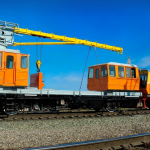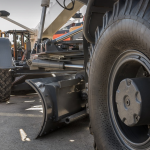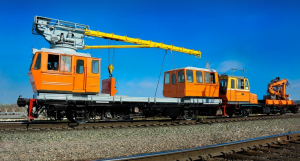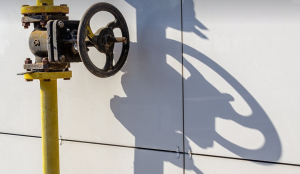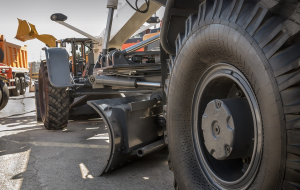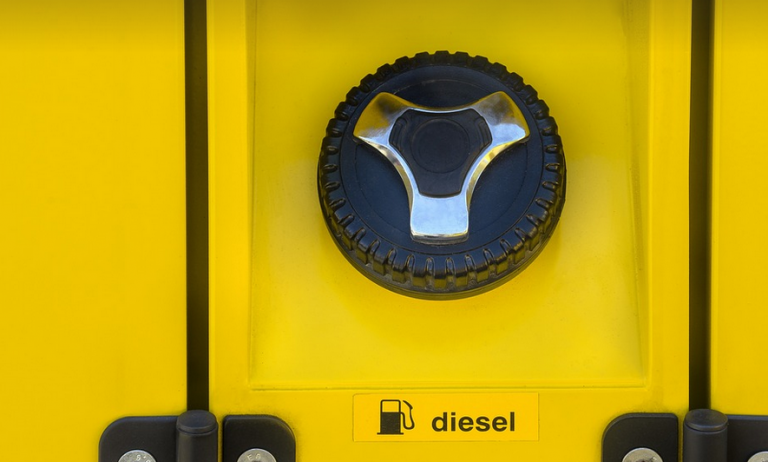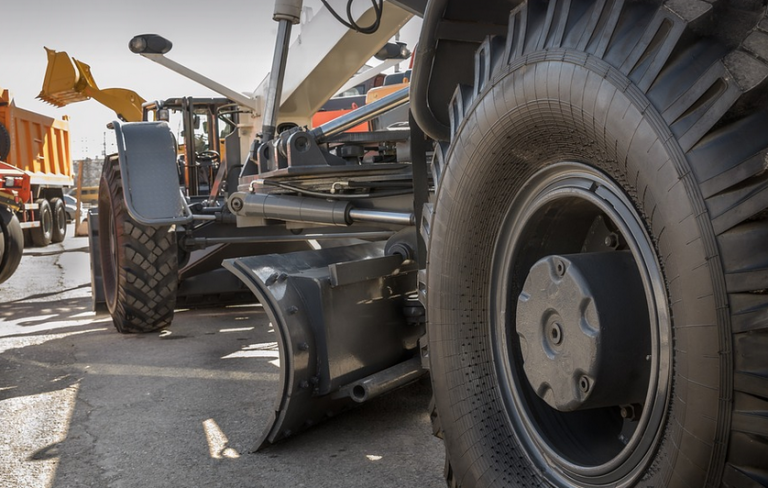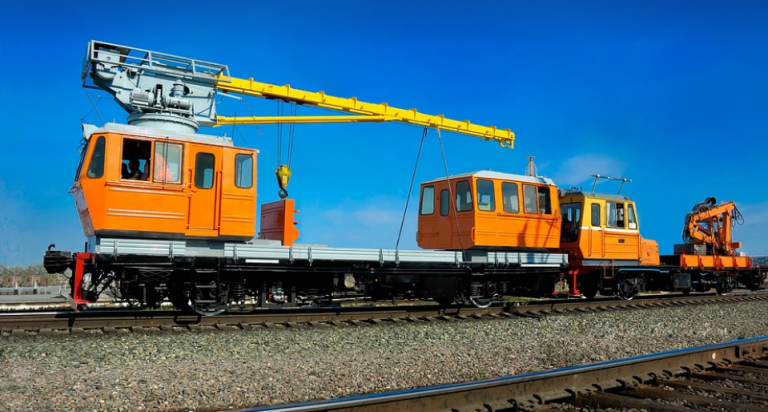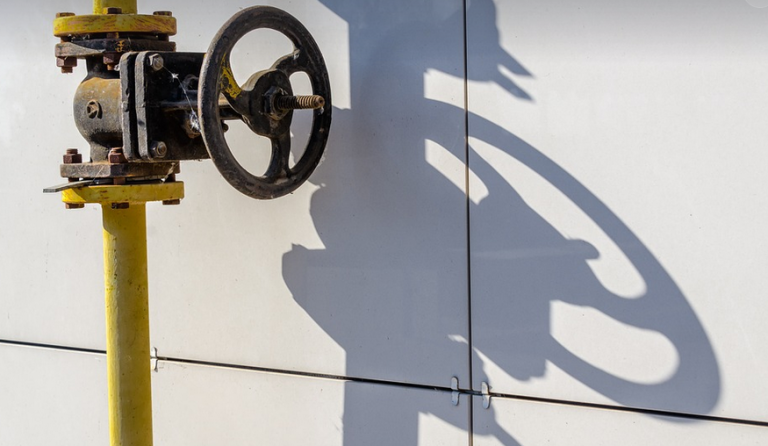Understanding the Power of a 90-Degree Milling Head
Imagine this: you’re working on a project, crafting precise angles or intricate shapes. The challenge is in getting those edges just right, without sacrificing speed and ease. This is where the 90-degree milling head steps in, offering a solution for both beginners and seasoned professionals alike.
In essence, a 90-degree milling head acts as a specialized tool holder, allowing you to mount your milling cutter at a fixed angle of 90 degrees relative to the workpiece. These heads are incredibly versatile, enabling you to perform tasks like pocket milling, corner rounding, and profile cutting with exceptional accuracy.
The beauty of this design lies in its ability to significantly streamline operations. No more cumbersome adjustments or awkward angles; a 90-degree head eliminates the need for complex setup routines, offering a more intuitive user experience. It’s often used in various industrial applications like automotive manufacturing, aerospace engineering, and even DIY projects around the home.
What truly elevates the 90-degree milling head is its adaptability. It seamlessly integrates with numerous milling machines across different brands and models, from compact desktop units to expansive CNC machining centers. This versatility ensures that your investment in this tool remains valuable, regardless of the machine you choose.
Exploring the Advantages of a 90-Degree Head
So why are 90-degree milling heads so highly desirable? The answer lies in several critical benefits they offer:
**1. Precision and Accuracy:** The key differentiator is its ability to maintain precise angular tolerances. Whether you’re creating perpendicular cuts or precisely angled shapes, a 90-degree head delivers consistent results every time.
**2. Enhanced Efficiency:** With straightforward operation and fewer setup adjustments, the process becomes faster and more efficient compared to traditional methods. This translates into saving valuable time in your workflow.
**3. Increased Versatility:** The ability to perform various cutting tasks with a single tool holder allows for wider application flexibility. From general-purpose machining to specialized operations, this head is a true workhorse.
**4. Improved Control and Precision:** A 90-degree head grants greater control over the milling process. This level of precision can significantly reduce errors and enhance the quality of your final product.
**5. Enhanced Safety and Ergonomics:** Many 90-degree heads feature safety features like quick lock mechanisms, preventing accidental disconnections during operation. Additionally, their ergonomic design promotes better tool handling and minimizes wrist strain for extended periods.
**6. Cost-Effectiveness:** While the initial investment in a 90-degree head might seem significant, its long-term benefits outweigh the cost. The increased efficiency and precision lead to fewer rework efforts, ultimately saving time and money.
Understanding the Different Types of Milling Heads
There are several types of 90-degree milling heads available, each with unique features and applications:
**1. Fixed Head:** A classic design where the angle is pre-set. This type is known for its simplicity and affordability.
**2. Spindle Mount Head:** These heads are designed to be attached directly to the spindle of the milling machine, offering greater precision and control.
**3. Quick Change Head:** This head is equipped with a quick-release mechanism for easy tool changes, allowing you to switch between different cutters quickly.
**4. Rotary Head:** This type offers precise rotation capabilities, enabling you to create smooth curves and intricate designs.
**5. Multi-Axis Heads:** These heads are designed to provide greater flexibility in milling operations, accommodating various angles and movements.
Choosing the Right 90-Degree Milling Head
Picking the right type of 90-degree head is crucial for optimal performance and results. Consider these factors when making your choice:
**1. Workpiece Size:** Choose a head that can handle your workpiece’s dimensions, ensuring it fits securely within the machine’s working area.
**2. Required Cutting Tasks:** Clearly define the type of cuts you intend to perform and select a head designed for those specific tasks.
**3. Machine Capabilities:** Ensure that your chosen head is compatible with your existing or planned CNC machine capabilities, considering factors like spindle speed, motor power, and machine setup.
**4. Budget and Features:** Evaluate your budget constraints and prioritize features that are essential for your work needs. Advanced features like quick-release mechanisms, multi-axis functionality, and safety features can enhance the efficiency and longevity of your 90-degree head
Maintenance and Care: Keeping Your 90-Degree Head in Top Shape
Proper maintenance and care are essential for extending the life of your 90-degree milling heads. Here’s how to keep them running smoothly:
**1. Regular Cleaning:** After each use, clean the head thoroughly with a suitable cleaning solution or compressed air to remove any dirt or debris that could hinder performance.
**2. Lubrication:** Apply appropriate lubricant to moving parts to prevent wear and tear over time and ensure smooth operation.
**3. Check for Wear and Tear:** Regularly inspect the head for signs of wear, such as loose screws or damaged components. Replace any worn-out parts promptly to avoid potential issues.
**4. Storage:** Store your 90-degree milling heads in a dry, cool place when not in use, protecting them from dust, moisture, and damage.
By following these simple maintenance tips, you’ll ensure that your 90-degree head remains in top condition for years to come, maximizing its performance and longevity.
